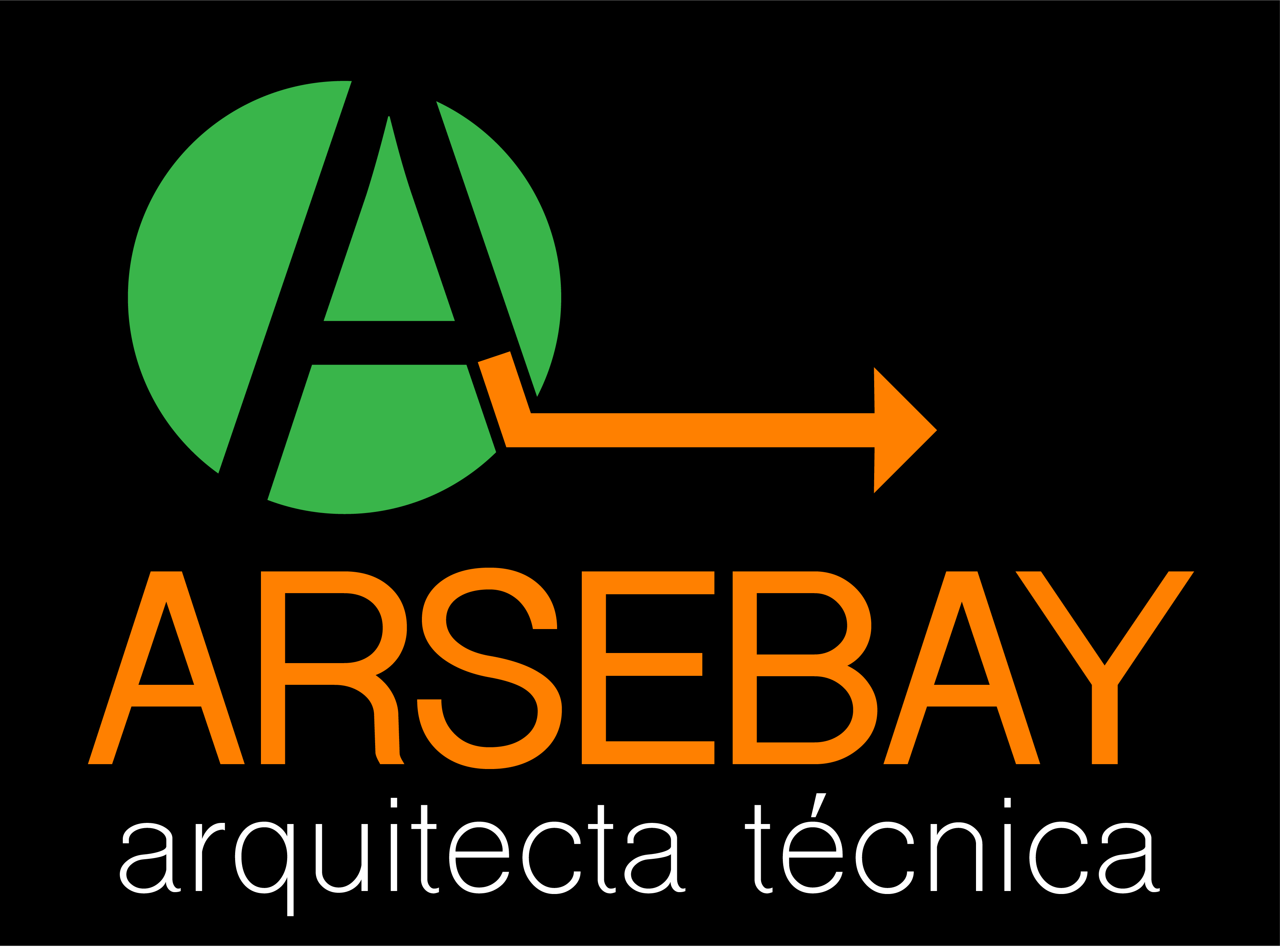About the migration strategies AWS Prescriptive Guidance
Content
Technology Stack Adopt the latest technologies for your digital productTechnology Stack Technology stack says a lot about your engineering expertise and company culture. The right tech stack enables successful product development, short time to market and fulfillment of customer needs. Simform is under review for a CMMI Level 3 company and ISO certification, indicating that our processes, procedures, and methods are standardized and performing at a defined level. Blockchain Engineering Create decentralized apps that provide traceability and security of data and transactionsBlockchain Engineering Harness the power of distributed ledger technologies with Simform.


Internally, a business will want to involve critical stakeholders who can provide meaningful input on cloud vendor selection. The drawback of this migration strategy is that business operations will be lacking until employees are trained in the SaaS environment. The cloud is a highly flexible platform that can be easily scaled up or down to meet the changing needs of a business. This flexibility allows businesses to respond quickly to changes in demand and avoid over-provisioning or under-utilizing resources. The replatform strategy keeps your legacy application running without compromising security and compliance. Using this strategy, you might make a few or many changes to the application, depending on your business goals and your target platform.
Cloud Migration Steps
You may acquire the real-time insights you need to stay competitive by using cloud technology to watch and act on this data. You may share monitoring workflows with team members, treat them as code, change, review, and version them by codifying them into declarative configuration files. You can hasten the pipeline’s progress if you move forward with Safe, agile, agile release chains or something comparable. The security of applications and the data they contain must always be maintained. The number one thing that may go wrong — or be neglected — during a cloud migration is safety. A recent study found that 81% of respondents cited cloud security as the most significant barrier to transferring workloads to the cloud.
Companies can take advantage of Delphix’s platform, which allows them automated access to the Google Cloud Platform . Thanks to the platform’s ability to eliminate 90 percent of an Azure migration payload, this automation and efficiency are thanks to the platform. The next challenge is ensuring that the data is transferred without incident. Errors such as corruption of data integrity and potential security leaks need to be accounted for and verified.
This blog introduces you to those six cloud migration strategies, including their use cases, popular examples, and best practices. So get started to reading a useful post before your organization plans a migration process. RefactoringThis approach entails an entire re-architecting of an application to take advantage of unique cloud provider features. Although this is the most expensive approach to migration, the resulting benefits can far exceed the potential risks. Over time, many applications that were migrated with another strategy may become refactored as the increased benefits of cloud-native applications beckon. Adopting an cloud migration strategy helps identify and execute the fastest, lowest cost, least disruption transition from on-premises to cloud.
Refactoring is the process of making changes to the application code so that it can run in a containerized environment. This includes making changes to the codebase, dependencies, and configuration. The process of migration can be complex, and there are a number of factors to consider before embarking on such a project.
These strategies build upon the 5 R’s that Gartner outlined here in 2011. While each of these posts stands on its own, I believe they go better together. Migrating an application you should decompose it, so each element uses the kind of service it needs. Sometimes, especially when you don’t have IT experts in your team, it’s better to pay your cloud provider for maintenance and support.
YoungInnovations Weekly #179 — Open Data Day 2019, International Women’s Day Celebration, Smart…
Despite significant investments in managed cloud services, one in three businesses never reaps the rewards. According to the Unisys Cloud Success barometer survey, 33% of firms have experienced little to no improvement in organizational effectiveness since adopting the cloud. You want to improve your security and compliance stance by upgrading your operating system to the latest version. By using End-of-Support Migration Program for Windows Server, you can migrate your legacy Windows Server applications to the latest, supported versions of Windows Server on AWS, without any code changes. You can use this decision tree in the AWS EMP for Windows Server User Guide to help you determine your EMP workloads.
Effectively, it entails a licensing change sometimes––you drop the existing on-premise license and start a new license agreement with the cloud provider for their solution. The newer, upgraded cloud version offers you a better value with higher efficiency, https://globalcloudteam.com/ savings on app storage, and maintenance costs. The journey to the cloud is different for every organization, as there is no one-size-fits-all migration plan. Each IT asset to be migrated is unique in terms of cost, performance, and complexity.
Data loss
Understanding the different cloud migration strategies is one part of the solution. Replacing is for a company to scrap its entire current system and move over to a SaaS platform. Replacing a system can be an enticing option for those who haven’t updated their operations for some time or have invested little into their current systems.
Rearchitecting is a more drastic change where you redesign the application for the cloud. Regardless of the industry it supports, there is a good chance that your organization is subject to an onerous number of rules. Laws are regularly passed, and those that already exist are frequently modified. Failure to comply with these rules might have serious repercussions, including significant civil and criminal penalties.
- This includes making changes to the codebase, dependencies, and configuration.
- However, this doesn’t mean that a system can’t be reworked at a later date.
- Technical migration maintains existing applications, but upgrades the OS and DB to meet certain transformational goals.
- For security and compliance reasons, when moving a database to the cloud, you might need to extract some tables and retain those tables on premises.
- Cloud service providerswork via subscriptions, and most providers offer discounts in return for loyalty.
This can help an organisation get to the cloud quickly while also realising the long-term benefits that the cloud brings. Just copying the applications and data without understanding what’s in them means you are pulling everything into the cloud, including insecure and brittle configuration. Organisations may also find that applications are easier to re-architect once they are already running in the cloud. Once in the cloud, the migrated applications will require more work to exploit the cloud.
Tips for a Successful Cloud Migration
For example, Johnson & Johnson and Hess Corporation, created a hybrid cloud environment to support their ongoing migrations to AWS. It offers benefits of the cloud as well as keep the critical workloads and confidential data on-premise. Repurchase, also known as the “drop and shop” strategy, replaces the on-premise application with a cloud-native vendor-packaged software. It typically means moving to a SaaS application with the same capabilities.
Each of the four migration methods i.e Rehost, Replatform, Refactor, and Relocate has its own pros and cons, it’s sometimes difficult to choose one and to gain all the advantages. For example, if your existing application requires more resources which in turn causes you larger cloud billing then redesigning the application can be the best solution. Adopting cloud computing for your business means welcoming quick innovation, security, flexibility, and cost-effectiveness to the business. Discover services and techniques for cloud-based HPC, including unique Azure HPC features and use cases.
This contributes to digital transformation, enables an improved experience for customers, and provides employees with modern, flexible tools. As more and more companies have already transitioned to the cloud, migrations are increasingly taking place within the cloud, as companies migrate between different cloud providers (known as cloud-to-cloud migration). But for those making the initial foray to the cloud, there are a few critical considerations to be aware of, which we’ll take a look at below. Cloud migration solutions provide users a de-risked migration procedure that can virtualize workloads and applications in a cloud environment while adhering to compliance regulations. These platforms allow companies to accelerate cloud transformation projects using API-driven cloud data management.
Conclusion: Weighing the pros and cons of cloud migration
By following these key steps, you can ensure a smooth and successful migration. Make sure you effortlessly capture your data and translate it into real-time analytics and insights for unified visibility across your complex, modern application infrastructures if you intend on using a multi-cloud approach. To facilitate data portability and interoperability and avoid using numerous migration technologies cloud data migration to get end-to-end visibility, you must have a uniform data-gathering strategy. As you transition from on-premises to cloud computing, there are many key performance indicators to monitor. Reducing capital expenditures and swapping them out for smaller, more predictable operating outlays can tempt you. Instead, consider giving cloud capabilities scalability and flexibility top priority.
Resources
Making a roadmap for the migration will answer the questions of what, how, and in what order to move these components. It is one of the easiest and quickest migration strategies where an application and data are moved to the selected cloud provider without change in code and architecture. Splunk Observability allows organizations to unify all of their data on the Splunk platform for a complete and clear view of all their hybrid cloud environments. As well as understanding the business benefits of rich contextual insights. When teams can identify and prioritize problems quickly, cloud migration doesn’t stand in the way of business success.
I agree to the information on data processing, privacy policy and newsletter rules described here. See how we work with a global partner to help companies prepare for multi-cloud. Pay close attention to the enormous amounts of machine data you generate daily due to your routine activities. This removes the burden of managing and maintaining the infrastructure and helps reduce licensing issues. You want to eliminate the cost of maintaining and hosting the application. It’s easy to add new features to modify the existing functionality as per customer requirement.
Data centersand servers from scratch are expensive, with the caveat that they might become outdated soon. Let our extended team be part of your journey and help you step into the cloud. Having said that, it’s also crucial that you review your project in intervals, so it doesn’t convert into a complete refactor.
Cloud migration is the process of moving some or all your digital workloads to the cloud. Cloud providers offer a large variety of services, but many of them cannot be extended to other cloud platforms. Migrating workloads from one cloud to another is a lengthy and costly process. Many organizations start using cloud services, and later find it difficult to switch providers if the current provider doesn’t suit their requirements.
Cloud migration helps organizations leverage the benefits of the cloud for their applications, including cost reduction, a higher level of scalability, and quick application updates. Learn about cloud application migration options, common challenges, the application migration process, and managed solutions that can help you migrate to the cloud. Many organizations start migrating to the cloud without devoting sufficient time and attention to their strategy. Successful cloud adoption and implementation requires rigorous end-to-end cloud migration planning. Each application and dataset may have different requirements and considerations, and may require a different approach to cloud migration.
